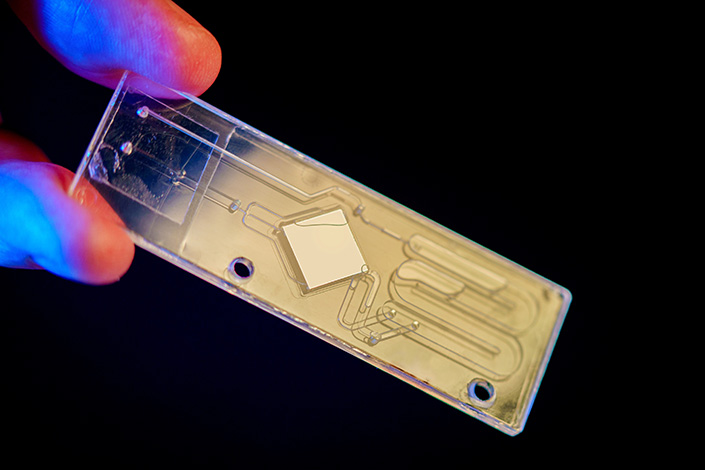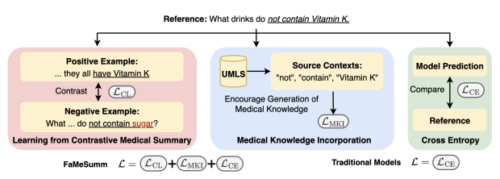2024-02-21 カリフォルニア大学サンディエゴ校(UCSD)

Researchers use this chip to analyze the microbes present in whole blood samples.
<関連情報>
- https://today.ucsd.edu/story/detecting-pathogens-faster-and-more-accurately-by-melting-dna
- https://www.jmdjournal.org/article/S1525-1578(24)00033-3/abstract
菌血症診断のためのユニバーサルデジタル高解像度メルト分析 Universal digital high resolution melt analysis for the diagnosis of bacteremia
April Aralar,Tyler Goshia,Nanda Ramchandar,…,Melanie Crabtree,Yordanos Tesfai,Stephanie I. Fraley
The Journal of Molecular Diagnostics Published:February 20, 2024
DOI:https://doi.org/10.1016/j.jmoldx.2024.01.013
ABSTRACT
Fast and accurate diagnosis of bloodstream infection is necessary to inform treatment decisions for septic patients, who face hourly increases in mortality risk. Blood culture remains the gold standard test but typically requires ∼15 hours to detect the presence of a pathogen. Here, the potential for universal digital high-resolution melt (U-dHRM) analysis to accomplish faster broad-based bacterial detection, load quantification, and species-level identification directly from whole blood is assessed. Analytical validation studies demonstrated strong agreement between U-dHRM load measurement and quantitative blood culture, indicating that U-dHRM detection is highly specific to intact organisms. In a pilot clinical study of 17 whole blood samples from pediatric patients undergoing simultaneous blood culture testing, U-dHRM achieved 100% concordance when compared with blood culture and 88% concordance when compared with clinical adjudication. Moreover, U-dHRM identified the causative pathogen to the species level in all cases where the organism was represented in the melt curve database. These results were achieved with a 1 mL sample input and sample-to-answer time of 6 hrs. Overall, this pilot study suggests that U-dHRM may be a promising method to address the challenges of quickly and accurately diagnosing a bloodstream infection.


